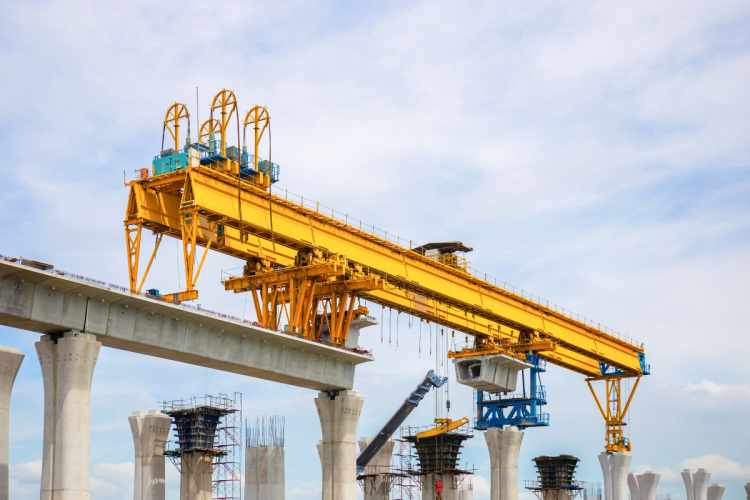The importance of a project-wide strategy for dispute resolution

As the construction industry continues to face rising costs and the influence of transformative technologies, it is increasingly important for participants on major projects to proactively consider options to mitigate their risks, including heightened risks of disputes or claims.
For a related blog, see Litigation or arbitration: Considering legal proceeding options for your construction project.
Thinking holistically about your project
While it is common for parties using engineering, procurement and construction (EPC) contracts or engineering, procurement, construction and management (EPCM) contracts to specify arbitration in their dispute resolution clauses, these clauses are frequently drafted without regard to whether the contract’s dispute resolution process can engage all relevant players to the dispute.
A typical construction project involves an array of parties governed by separate contracts. This includes owners, contractors, subcontractors, sub-subcontractors, suppliers and professional consultants, among others. Each contract may only contemplate a two-party arbitration process or may lack an agreement to arbitrate altogether.
In this scenario, disputes involving multiple parties may need to be litigated piecemeal in concurrent or parallel proceedings rather than through a single, consolidated venue.
The risk of parallel proceedings
The risk of parallel proceedings is two-fold. First, these proceedings can result in duplicative costs and procedural delays as parties are forced to litigate the same, or overlapping, subject matter in different forums.
Second, parallel proceedings can produce inconsistent decisions and rewards in ways that would rarely, if ever, occur if the relevant participants were joined under a consolidated proceeding. This risk is particularly acute for projects that require overlapping scopes of work. For example, in the following claim areas:
- Failures with process equipment that involve a technology provider and a separate EPC company;
- Defects with pre-fabricated buildings or equipment that involve a manufacturer and a separate installer; and
- Equipment deficiencies that involve separate design, construction and commissioning contractors.
Take the example of equipment failures. In an arbitration between the project owner and the EPC contractor, an arbitration panel could find that the EPC contractor must pay damages for the equipment failure because it is liable for the actions or omissions of its technology provider. However, in a separate, private arbitration between the EPC contractor and its technology provider, a different tribunal could find that the equipment failure was not the fault of the technology provider. This would leave the EPC contractor without the means to recover its losses.
This scenario may be avoided where the two (or more) decision-makers wait for and consider related decisions, in an attempt to avoid inconsistent results. However, that procedure itself is imperfect, not always possible and can lead to significant delays to allow the initial decision to cascade through related proceedings. These difficulties may be compounded where appeals are allowed for some, but not all, of the decisions. The risk of this scenario is far less likely to occur if the arbitrations are consolidated.
Solutions to consider
There are early practical steps that parties can take to address the above noted risks. For example, arbitration clauses can be drafted to mandate arbitration by all project participants under a common set of arbitration rules and to include suitable joinder and consolidation provisions. Consideration can also be made for which subcontractors and suppliers need to be included in the event of a dispute and to require that the relevant dispute resolution provisions be specifically incorporated into those agreements.
While many arbitration institutions contain joinder and consolidation procedures in their rules, parties still need to consent to their adoption and exclusive reliance on such rules can cause unwanted delays and expense if they do not align with the parties’ expectations or desired timelines.
Conclusion
MLT Aikins has the right combination of legal and industry experience to help you navigate the rapidly evolving legislative and regulatory landscape, including in updating your construction contracts, establishing administrative procedure and policy, and training employees. We can reduce your risk by helping your organization prepare for new developments. Contact a member of our team to learn more.
Note: This article is of a general nature only and is not exhaustive of all possible legal rights or remedies. In addition, laws may change over time and should be interpreted only in the context of particular circumstances such that these materials are not intended to be relied upon or taken as legal advice or opinion. Readers should consult a legal professional for specific advice in any particular situation.





